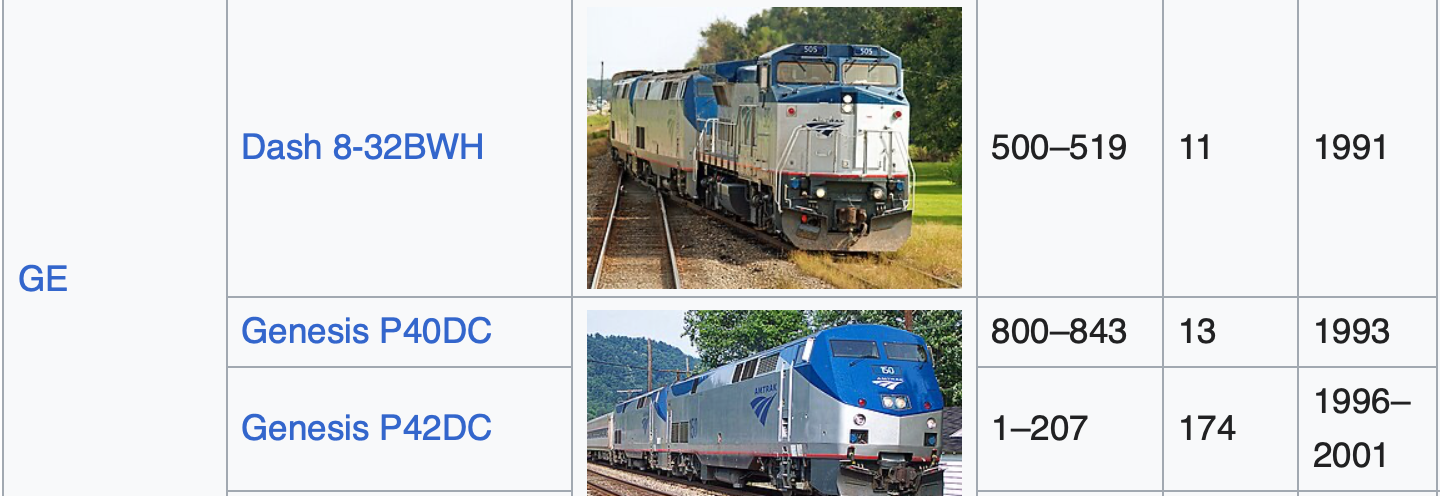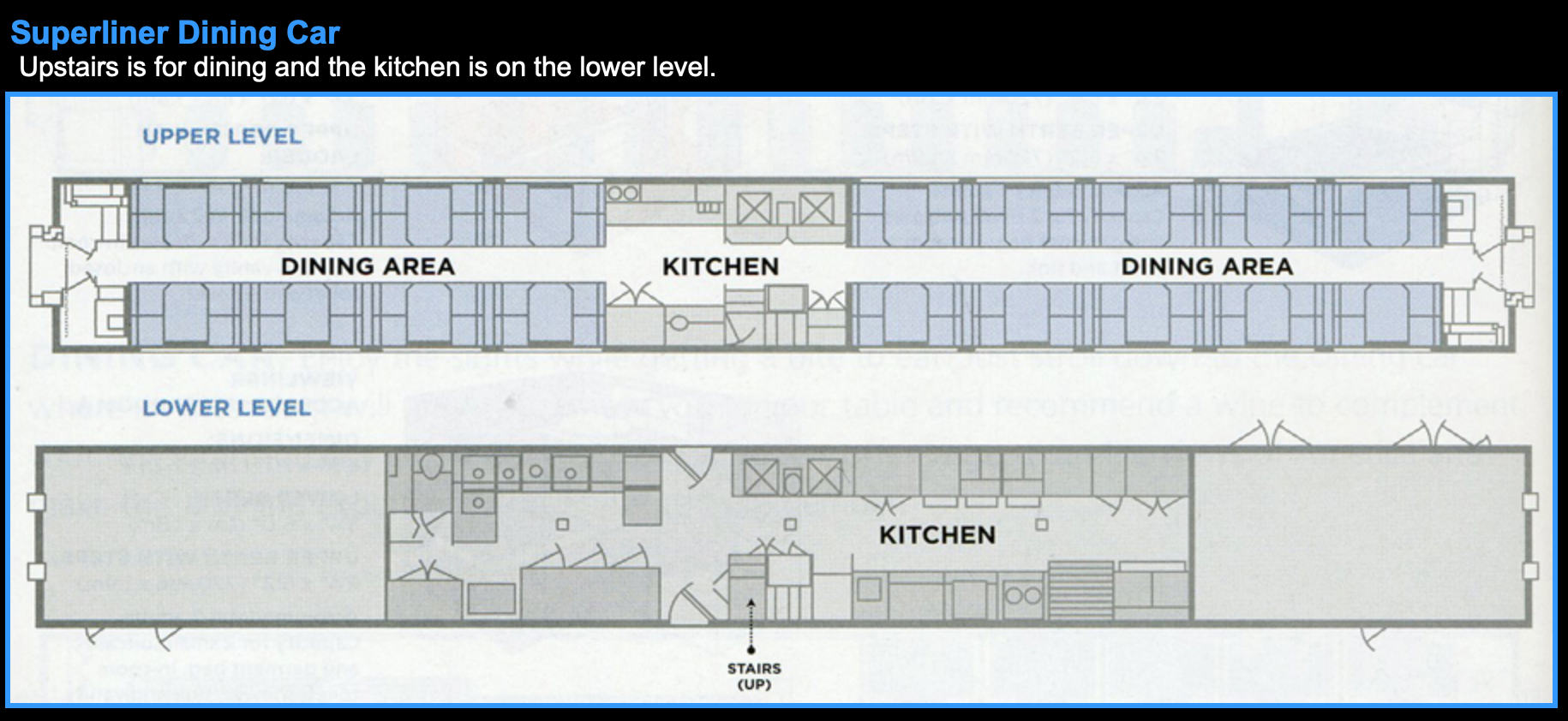The Corridor
-
This conversations been going around the Amtrak internet sites for a while. Similarly, they're talking about adding a daily train from Chicago to the Twin Cities. The Empire Builder already does that route, but it arrives in St. Paul in the late evening. Another, daily train. would help.
Meanwhile, Amtrak had DOUBLED the monthly cost for a ride on the Hiawatha (Chicago to Milwaukee). I've ridden it twice - it's a nice 90 minute ride, and for $20 a good price. Seems that many people were using to to commute between the cities, so now, a monthly pass is $840.
But, all that aside, the elephant in the roundhouse is the fact that Amtrak simply doesn't have the rolling stock to meet these ambitions. The double-decker cars are (at their YOUNGEST) 30 years old, and the only progress is pie-in-the-sky "we're looking at it" stuff.
There have been two purchases of single-level cars, but those are to replace even older equipment, and they will not be used for additional routes.
Finally, the locomitives (GE Genesis Models) are now reaching 40 years of age. Their replacements, from Siemens, have been problematic on long-haul routes. Breakdowns and the need for freight locomotives to come and "rescue" passenger trains is a not uncommon occurrence.


-
Why not use freight locomotives with passenger trains?
Secondly, what are the advantages of the double-decker and are there enough riders to justify them vs. single level?
@Jolly said in The Corridor:
Why not use freight locomotives with passenger trains?
HEP - "Head-End Power." Freight locomotives are not designed to provide electricity to passenger cars. If you ever see a freight pulling a passenger train, guaranteed, there will be a passenger loco behind it providing HEP. If you've ever ridden a commuter railroad from a large terminal, you'll note that after you board, but before the train leaves, all the lights go out. That's the moment when the train goes from shore power to HEP. Also, if you ever watch a video of a vintage, restored, steam locomotive pulling a passenger train, there's always a diesel behind it.
Secondly, what are the advantages of the double-decker and are there enough riders to justify them vs. single level?
Two-level cars are used west of the Mississippi, for the most part. They are too tall to fit in some tunnels near New York. The justification is there. The lower level will, for coach, provide more seats - 12 passengers plus two toilets and luggage storage. In a sleeper, there are also 12 additional passengers - plus shower, and two additional toilets. To accommodate current rider levels with single-level cars, trains would have to be about 3 cars longer. That's a problem when it comes to boarding platforms, many of which are too short. Trains would have to make a "double stop" at these, causing (more) delays.
-
Regarding two-level cars.
Currently, many LD trains run with 3 coach cars. That's 36 passengers in the lower level. To switch to single level cars, you'd have to add one car to accommodate them.
In sleepers, downstairs there are 4 roomettes (two passengers), an "accessible" room, and a family bedroom. Most LD trains run with at least 2 sleepers. You could fit 4 roomettes and the two "special" rooms into one car. Of course toilet facilities, etc all take up room as well.
Then, there's the problem with dining cars.
On double-level cars, the cook(s) work downstairs, and the meals are brought up to the dining area via dumbwaiter. Almost the entire upper level is devoted to seating diners. If you go single level, you're going to have to accommodate the kitchen which will take up a LOT of room, perhaps ⅓ of the car, reducing capacity.
Compare:


-
Interesting stuff. @George-K